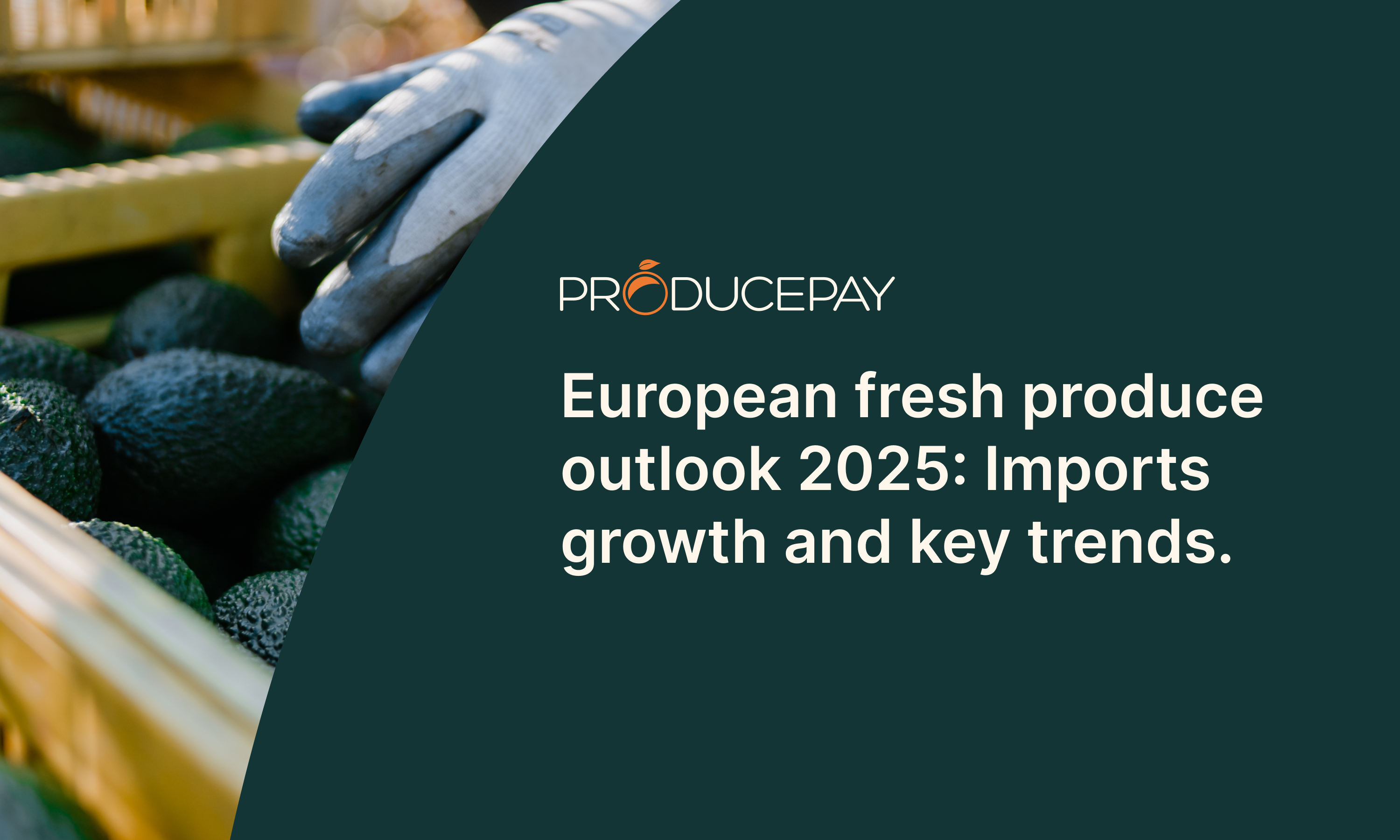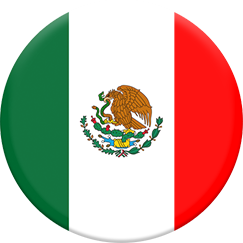
European fresh produce outlook 2025: Imports growth and key trends
The European fresh produce market is relevant globally, heavily relying on imports to meet its growing demand. While Europe is a significant producer of certain fruits and vegetables, its domestic output cannot satisfy consumer needs, particularly for tropical and counter-seasonal commodities.
Each year, Europe imports an average of 55 million tons of fresh fruits and vegetables, making it one of the world’s largest importers. Key importing nations like the Netherlands, Germany, and France are crucial in distributing fresh produce across the continent.
Why have European fresh produce imports increased?
Despite being a major producer of fruits and vegetables—Spain alone harvested 12.1 million tons of fruits and 9.5 million metric tons of vegetables in 2023—, Europe falls short in meeting its demand. Even for staple commodities such as tomatoes and grapes, which are produced in significant volumes, domestic production is insufficient.
For instance, Europe is the world’s third-largest tomato producer, with Italy, Spain, and Portugal accounting for most production, yet demand continues to outpace supply. Grapes face a similar challenge, as much of Europe’s output is allocated to wine production rather than fresh consumption.
Additionally, weather volatility is putting increasing pressure on European agriculture. For example, extreme heat in 2021 significantly reduced grape production in Italy, and similar patterns have disrupted other crops across the continent. Rising labor shortages and increasing input costs have further constrained domestic production, making imports a cost-effective and necessary solution.
Latin American and African countries have stepped in to fill the gap. European agricultural imports from Peru grew 20% through the first 8 months of 2024. Morocco has become Europe’s leading supplier of tomatoes, providing 75% of the tomatoes imported by France. Similarly, Egypt’s exports of table grapes to Europe grew by a record 33% in 2023 compared to the previous year, while South Africa, Peru, and Chile continue to dominate Europe’s overall grape imports.
The growing health consciousness of European consumers have also driven demand, especially for commodities that are not widely produced locally. Avocado imports, for example, grew at an annual rate of 12% from 2019 to 2023, with Europe now importing over 813,000 tons annually. Peru leads as the primary supplier, delivering nearly half of Europe’s avocado imports. Blueberries have seen even faster growth, with imports growing by 14% annually over the same period, primarily from Peru, Morocco and South Africa.
Key commodity trends for 2025
Preparing for 2025, key commodity trends point toward resilience and partnership as vital strategies for thriving in the market.
Avocados: European demand for avocados remains strong, with Peru and Colombia maintaining their dominance as suppliers. Kenya and South Africa are also emerging as alternative sources.
Blueberries: Imports are expected to grow as the fruit gains popularity. Peru, the primary supplier, is expecting a strong 2024-2025 export season, recovering from a drop in the previous campaign and projecting even higher volumes than the 2022-2023 season.
Mangoes: Europe, as the second-largest mango importer, will continue to rely heavily on Latin American exporters. Peru and Brazil, which account for 70% of Europe’s mango imports are expected to increase their supply in the coming year, with Peru recovering from dips in production during the last season.
Grapes: As the largest table grape importer, Europe imports 700,000 to 800,000 tons annually, and will likely grow. South Africa will continue to lead exports, alongside increased contributions from Peru, Chile and Egypt, which are steadily expanding the market.
As Europe’s reliance on fresh produce imports continues to grow, strategic partnerships with leading exporters—particularly from Latin America—will be essential to ensuring a steady supply of high-quality produce.
Meanwhile, tackling volatility in the supply chain becomes essential. Predictable Commerce stabilizes the imbalances between supply and demand. It focuses on creating reliable systems for growing, selling, and buying fresh produce, ensuring consistent pricing, timely payments, and reduced waste.
At ProducePay, we help produce stakeholders to achieve predictability through our Predictable Commerce Programs, which align supply and demand, provide early payments, and create transparency across the supply chain. By fostering stability, we empower agribusinesses to thrive while ensuring the European market has access to fresh produce year-round.
Sources: Eurostat, Fruit Logistica, CBI, Tridge, East Fruit, Blueberries Consulting, Fruitnet

